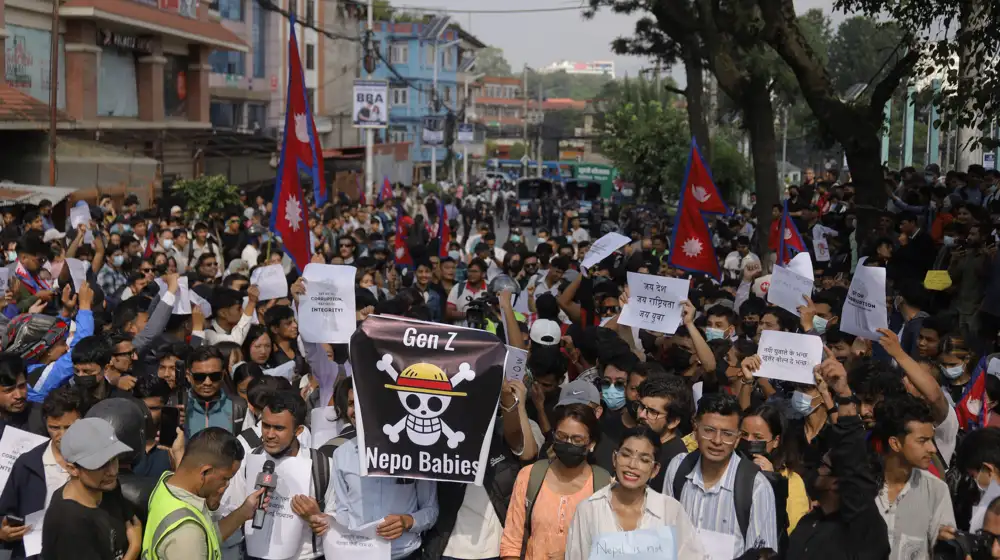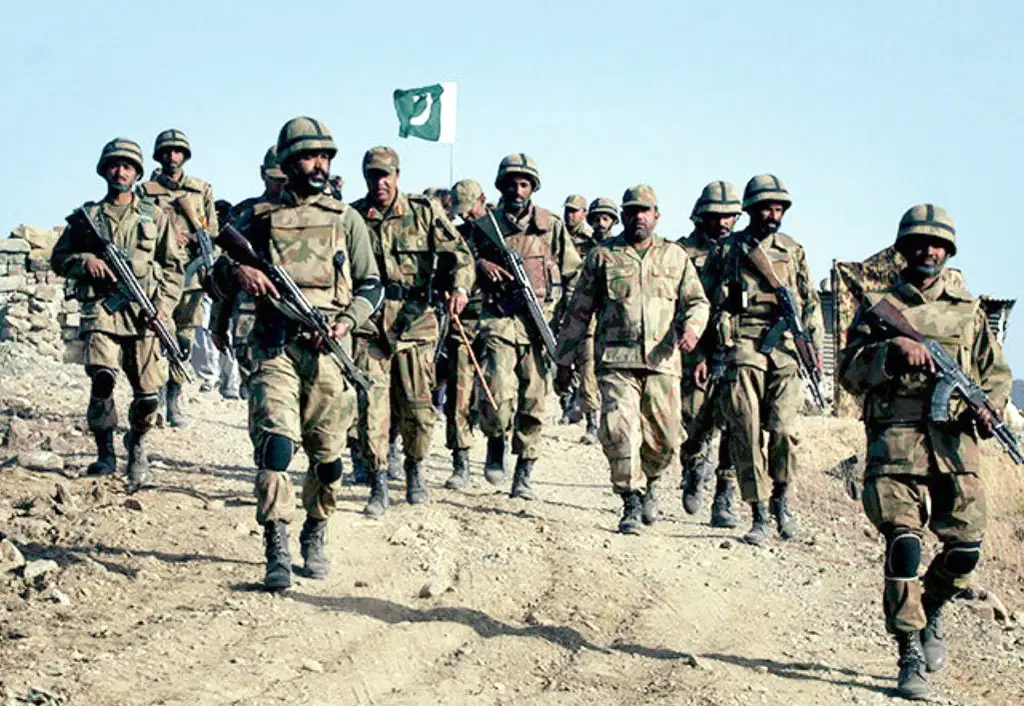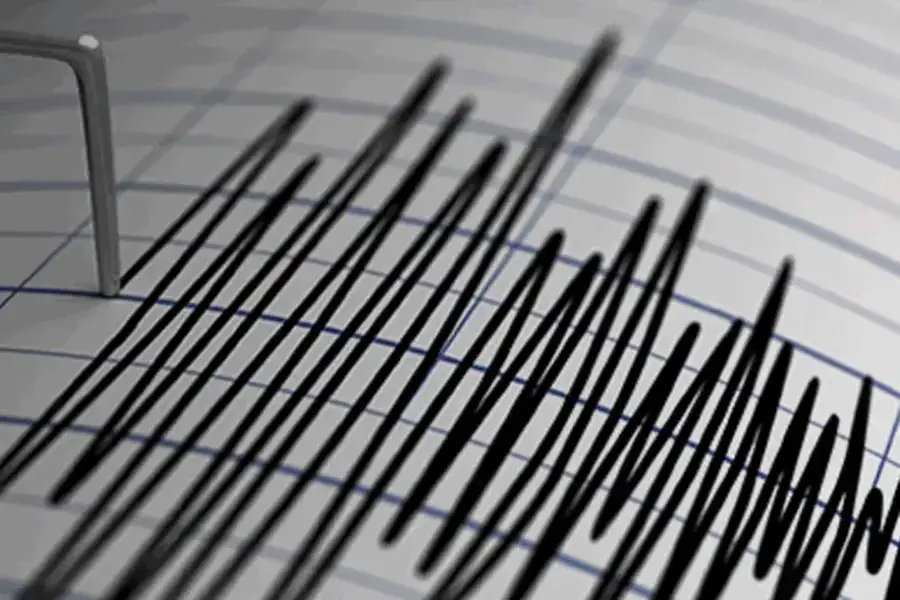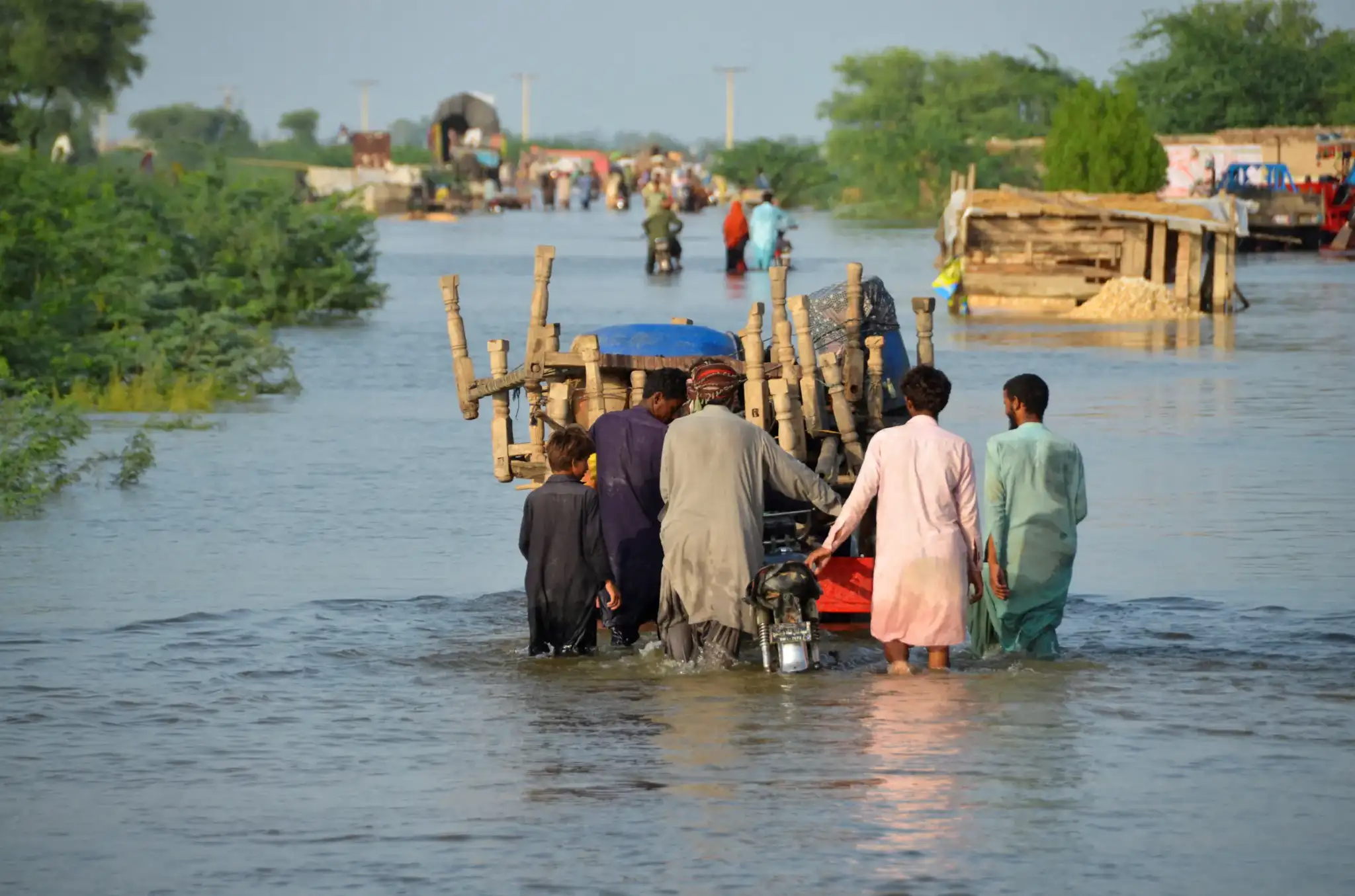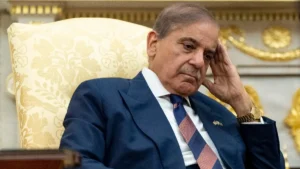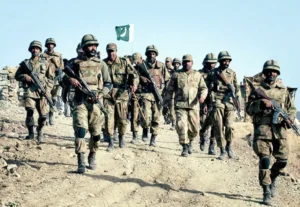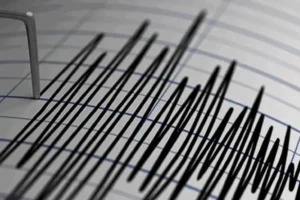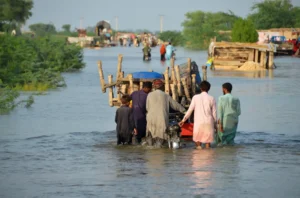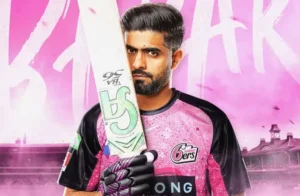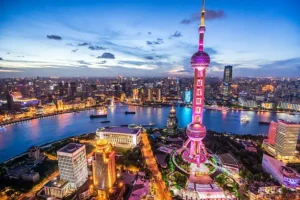![]()
Kathmandu, September 10, 2025 – Widespread protests led by Gen Z Nepalese have thrown the country into its worst political unrest in decades. Sparked by a controversial social media ban and simmering anger over corruption, the movement turned violent when security forces opened fire, leaving at least 19 protesters dead and hundreds injured.
Tens of thousands of young demonstrators flooded the streets of Kathmandu and other cities, carrying slogans like “Shut down corruption, not social media.” They stormed and torched government buildings, including the parliament amid the chaos
Home Minister Ramesh Lekhak resigned on September 8, accepting moral responsibility. The next day, Prime Minister K.P. Sharma Oli followed suit, stepping down as his cabinet collapsed.
Although the government quickly lifted the social media ban—including platforms like Facebook, X, and YouTube. The demonstrations intensified, now calling not only for the reversal of censorship but the complete dissolution of parliament and fresh elections.
The military has since been deployed to restore order. Curfews are in force, and the army is securing key areas while civilian unrest continues.
Analysts underscore that the protests reflect deep-rooted frustration over unchecked corruption, economic stagnation, and the political elite’s detachment especially amid youth unemployment and minimal opportunities. The uprising, reminiscent of earlier movements in South Asia, signals a generational demand for real governance reform, not symbolic change.
Tens of thousands of young demonstrators flooded the streets of Kathmandu and other cities, carrying slogans like “Shut down corruption, not social media.” They stormed and torched government buildings, including the parliament amid the chaos
Home Minister Ramesh Lekhak resigned on September 8, accepting moral responsibility. The next day, Prime Minister K.P. Sharma Oli followed suit, stepping down as his cabinet collapsed.
Although the government quickly lifted the social media ban—including platforms like Facebook, X, and YouTube. The demonstrations intensified, now calling not only for the reversal of censorship but the complete dissolution of parliament and fresh elections.
The military has since been deployed to restore order. Curfews are in force, and the army is securing key areas while civilian unrest continues.
Analysts underscore that the protests reflect deep-rooted frustration over unchecked corruption, economic stagnation, and the political elite’s detachment especially amid youth unemployment and minimal opportunities. The uprising, reminiscent of earlier movements in South Asia, signals a generational demand for real governance reform, not symbolic change.
Recent Aricles

